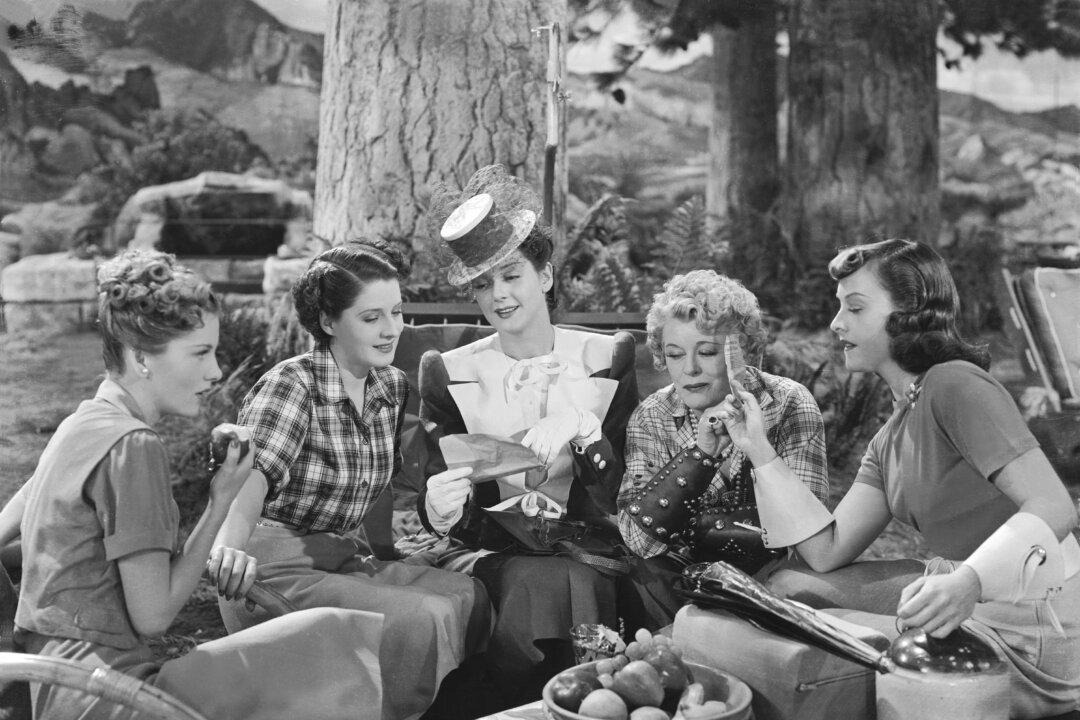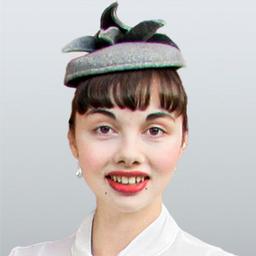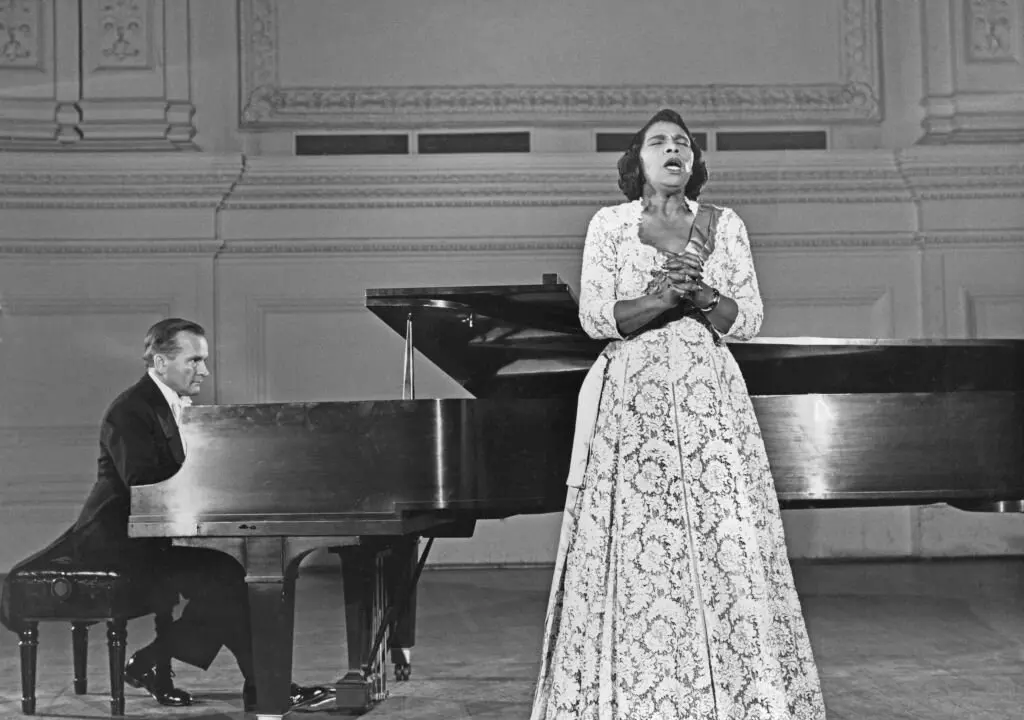Often, films become cult classics because they include elements which attract modern audiences. “The Women” (1939) was directed by George Cukor, and featured an all-female cast of MGM’s top actresses. Although I’m a big fan of Cukor as a director, and I like several actresses in the cast, “The Women” is one of my least favorite Golden Era movies, if not my least favorite. Surprisingly, however, this movie was not only popular upon its original release, but is now acclaimed as one of the greatest movies from the 1930s.
What makes “The Women” so surprising is that it was released in 1939, during the Breen era of the Production Code Administration (PCA). Between 1934 and 1954, the Code guided the morals of American movies, resulting in clean, entertaining films for the whole family and put an end to the risqué shenanigans of the Pre-Code Era.






